A variety of factors might produce yellowing leaves on your houseplants. When the reason is evident, you can identify and correct the problem. Other times, the problem is more puzzling. In these circumstances, you’ll need to experiment with one item at a time until your plant improves. Even if you solve the problem, the yellow leaves will likely fall off over time.
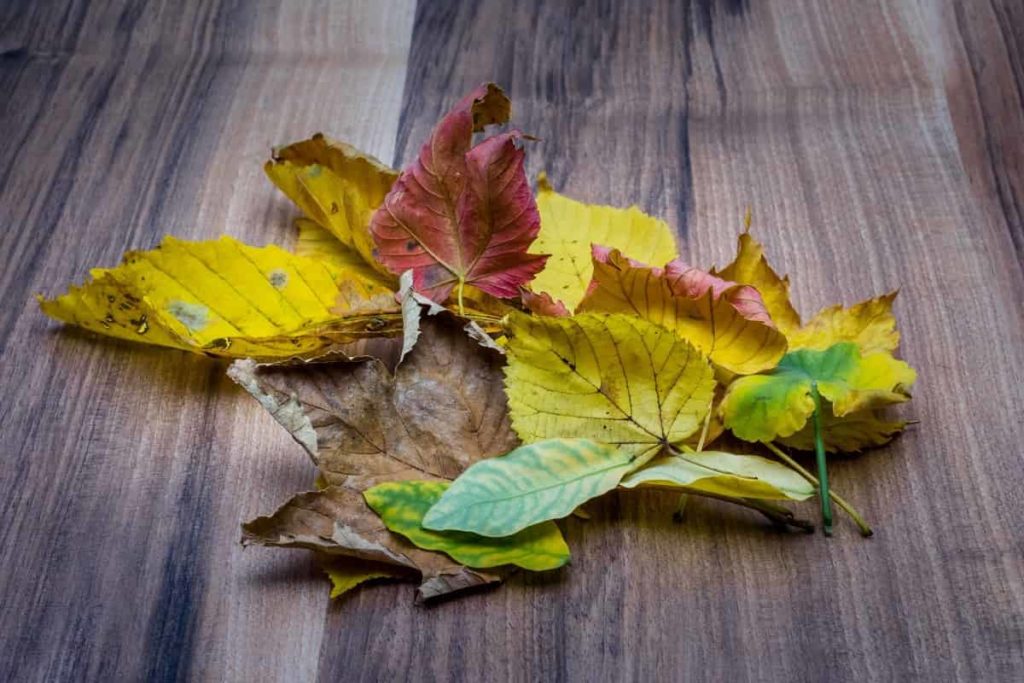
Don’t panic; new leaves can appear during the next growing season if the plant recovers its health. You need a lot of patience to grow plants. After you’ve done your best to rule out these frequent causes of yellowing leaves, wait and see what happens. We have received many questions: Why Are My Plants Turning Yellow, Why Are My Plants Turning Brown, etc. Let’s check them out in detail below.
Why are my plants turning yellow?
Moisture stress
Moisture stress is the most common reason for the yellowing of plant leaves. This is caused by either overwatering or underwatering. First, examine the soil in the container to determine whether the soil is dry if you have a plant with yellow leaves. If you suspect that the problem is underwatering, give the plant more water and try setting the pot on a dish to catch any overflowing water so that the roots can absorb it.
On the other side, over-watering might cause the leaves to become yellow. If you feel the soil is overly wet, you have been overwatering the plant. In this scenario, the remedy is straightforward: use less water or add it less often.
Lack of light levels
Plants that receive insufficient light may typically begin to yellow on their lower leaves before dropping them. If you’re having trouble with this, there’s a hint you may seek for. Due to a lack of light, a yellowing plant will usually yellow on the side farthest from the light source.
For example, the leaves close to the window absorb all of the light and obstruct the opposite side. An excellent technique to fix this is to rotate the pot once a week so that all sides get some natural light. In this situation, try moving the plant to a more sunny spot and see how it does. If your home lacks natural light, especially in the winter, you may need to install an artificial plant light.
In case you miss this: How to Keep Monkeys Away from Plants, Garden, Vegetables, Fruits: Tips and Tricks.
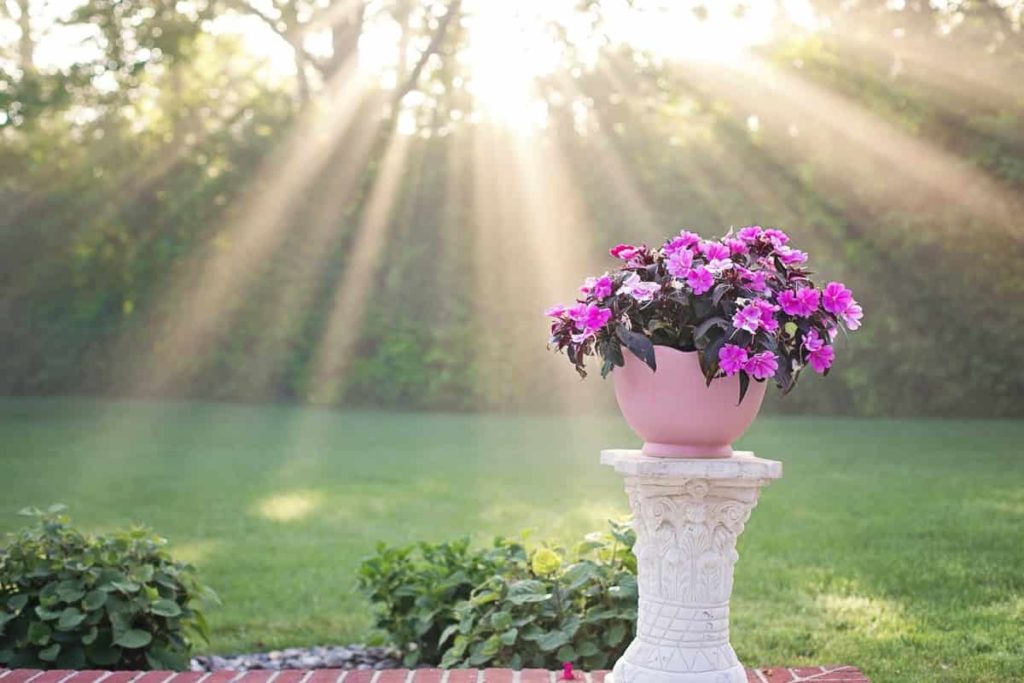
Damaged or compacted roots
Root damage can be caused by various factors, including incorrect digging, root rot, and other diseases. Injured roots may struggle to supply the nutrients needed for your plants. Usually, the reason for compacted roots is a small container with large-sized plants. Water, oxygen, and nutrient circulation are strangled by compacted landscape soil outside. As a result, the roots will not operate properly in rare cases, leading to yellow leaves.
To check for damaged or compacted roots, carefully slide the plant out of its pot. You can expect a bad odor from decaying roots. You have to choose a new plant if the roots are severely damaged. It is good to repot your plants in bigger containers with good drainage to avoid any root compaction. Improve soil compaction in your garden by aerating it with landscaping plants. Planting grounds should include an organic material and organic mulch. You can apply garden Gypsum to maintain the plant foliage green.
Sudden temperature changes
The process of photosynthesis and the plant’s growth can be affected by dry, damp, cold, or hot air. Temperature variations can stress indoor plants, and extended exposure to cold breezes from windows or neighboring air conditioners can exacerbate the problem.
Your plant’s leaves will most likely resemble those of an underwatered plant if exposed to rapid variations in pressure or temperature. Remove your plant from air conditioners, open or draughty windows, and any entrances that lead to the outdoors if you suspect a temperature problem. Maintain a 65 to 75 degrees Fahrenheit temperature and a 40 to 50 percent humidity level in its surroundings moving forward.
In case you miss this: Best Air Cleaning Plants For Home, Office, Indoors
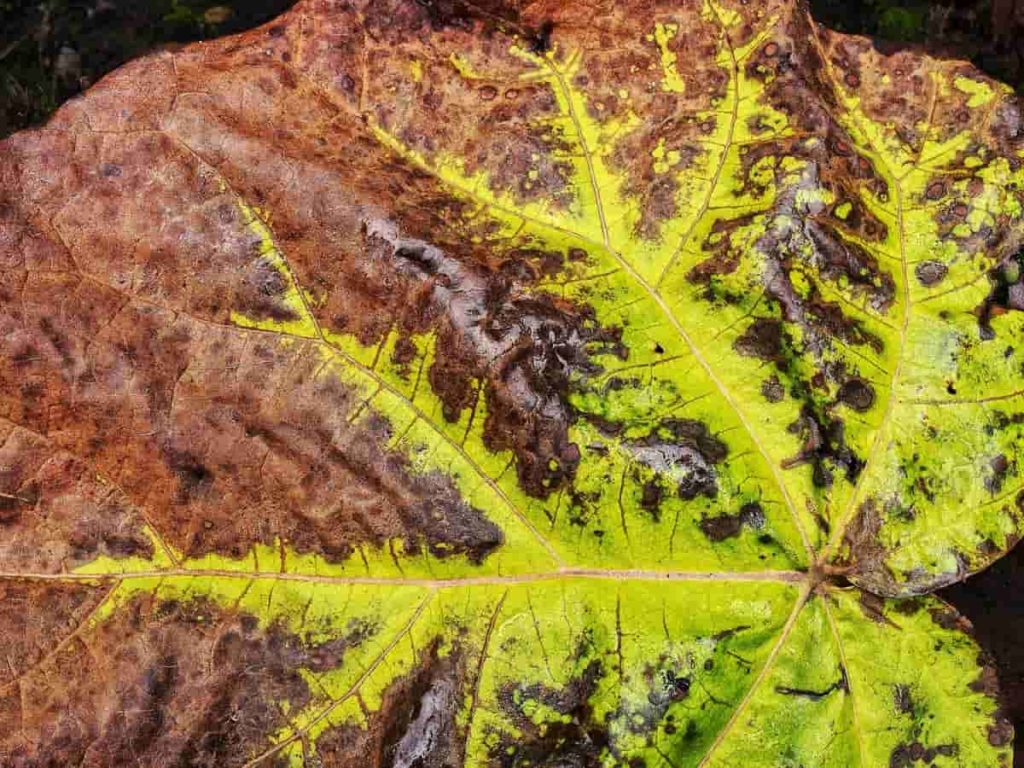
Imbalance in nutrition
Potted plants require more nutritional support than plants in the landscape. They’re most likely phosphorous, nitrogen, and potassium deficient. Fertilizers for indoor plants generally contain those ingredients, and fertilizing once a month is advised.
Many plants provide information about what they require. For example, when a plant lacks nitrogen, the lower, older leaves yellow first, with new growth appearing a lighter green. Yellow margins result from a lack of potassium, whereas yellowing within the veins of older leaves indicates a magnesium issue. Iron deficiency reveals itself initially on the younger leaves. Don’t worry if you can’t pinpoint which nutrient is missing because houseplant fertilizers handle numerous nutrients.
Aging of plants
As a plant age and develops additional leaves, it’s typical for a few leaves to become yellow and even fall off. So, if your plant appears to be in good health overall, a single yellow leaf isn’t a cause for alarm.
Yellow leaves, on the other hand, are unpleasant to specific individuals. Some plants prefer to be trimmed back regularly, so removing the yellow leaves may be suitable. Check to determine if the plant you’re working with can benefit from pruning. If this is the case, cut the yellow portions to promote new growth.
Why are my plants turning brown?
When your houseplant’s leaves turn brown, it might feel like the plant has lost all hope. Browning leaves are the plant’s method of letting you know that something isn’t right in their surroundings and that they need to alter things. As a result, don’t give up! You can do action if the leaves on your indoor plant start to turn brown before you get rid of it.
Sunburn
If you notice dark stains in the middle of your leaves, they may be produced by too much direct sunlight. Some plants are sun-sensitive and may quickly burn if exposed to direct sunshine. In this case, consider shifting your plant to a spot where it won’t be exposed to the sun’s direct rays. This is likely to happen if you transfer your plants from indoors to outdoors during the summer without adapting them to direct sunshine.
Underwatering
Underwatering is one of the reasons why your houseplants’ leaves are dry and crispy. If you leave your houseplant’s soil dry for a lengthy period, the lowest leaves will usually become brown and crispy. Either the margins or the entire leaf can be used. If you don’t water your plants correctly, you might have brown leaf tips. In addition, the existence of dry soil areas in your pot will be a problem if you are not adequately wetting your soil when you water.
In case you miss this: Annual Flowering Plants In India
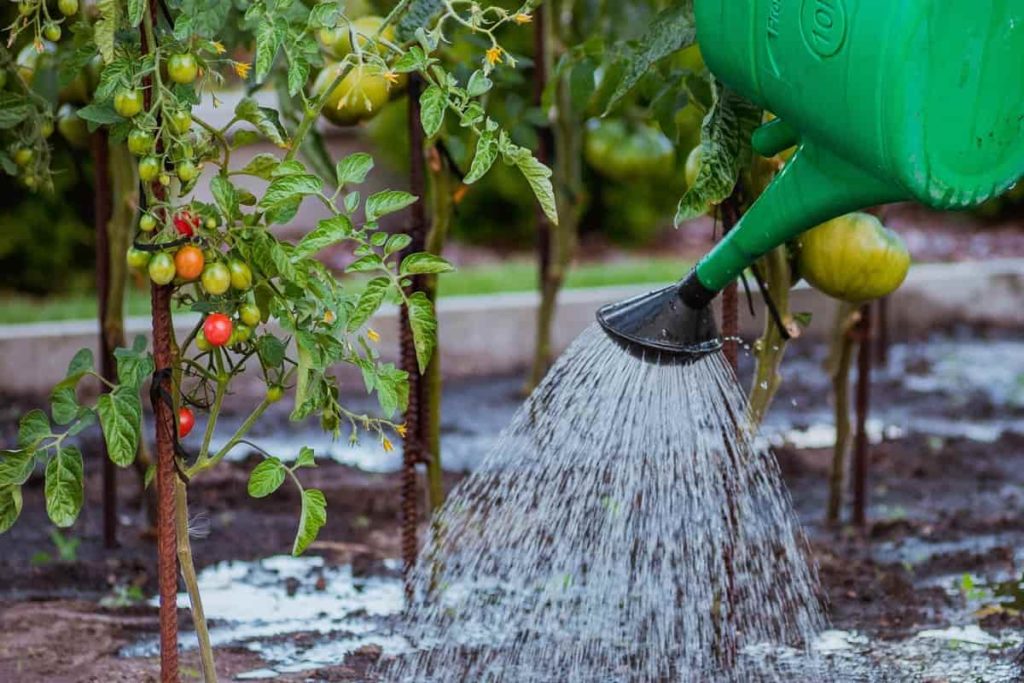
If you continue to use this treatment regularly, the roots in the dry patches of soil may ultimately die, resulting in brown leaf tips or worse. Always wet your soil correctly. Carry the plant to your sink and soak it thoroughly if necessary. Allow all water to drain before replanting your plant in its original spot. Avoid allowing your houseplant’s soil to become too dry for an extended time.
Naturally, it is dependent on the plant. Cactus and succulents, for example, want to be dry. But they, too, have their limitations! By keeping succulents dry for too long, you might quickly deflate and make them dry. For most tropical plants, you have to wait to water the soil and then wait till the top inch becomes dry for watering again.
Lack of humidity
Brown tips might also mean that there isn’t enough humidity. Because many typical houseplants are adapted to jungle conditions, spray your plants regularly if your environment is extremely dry. Grouping houseplants together might also assist in maintaining a high degree of humidity in the area. Set their containers on top of a layer of stones in a shallow tray to add even more moisture. Then pour water on the top of the stones. A humid micro-climate will form as the water evaporates, keeping the leaves looking their best. As needed, add extra water.
Salt content in soil
Brown leaf tips might also suggest a salt accumulation from fertilizers or softened water over time. Of course, most potted plants will benefit from a bit of fertilizer now and again to ensure that they have all of the nutrients they require to thrive. But, like with our bodies and vitamins, keep in mind that a little might be effective and that more isn’t always better.
Salts collect in the potting mix even when watering your plants precisely the proper quantity. One of the reasons it’s a great idea to repot with new soil every few years is this. Softened water can also cause browning of the leaf tips, so use distilled or filtered water to keep your plants happy.
Why are my plants turning red?
Plant leaves frequently become red whenever there is a phosphorus shortage in the soil. Cold temperatures and too much rain, on the other hand, can induce it. Conversely, too much rain can remove Phosphorus from the soil, and cold weather surges can increase the production of red pigment in plants.
Monitoring soil pH
More than any other critical plant nutrient, Phosphorus is sensitive to soil pH. When the pH of the soil falls below the 7.0 neutral zone, elements interact, keeping Phosphorus insoluble and inaccessible for plant absorption. As a result, red leaves are typical in plants that require more Phosphorus than their soil pH allows. This occurs with Phosphorus at both high and low pH levels.
In case you miss this: Growing Yarrow Plants – A Full Planting Guide
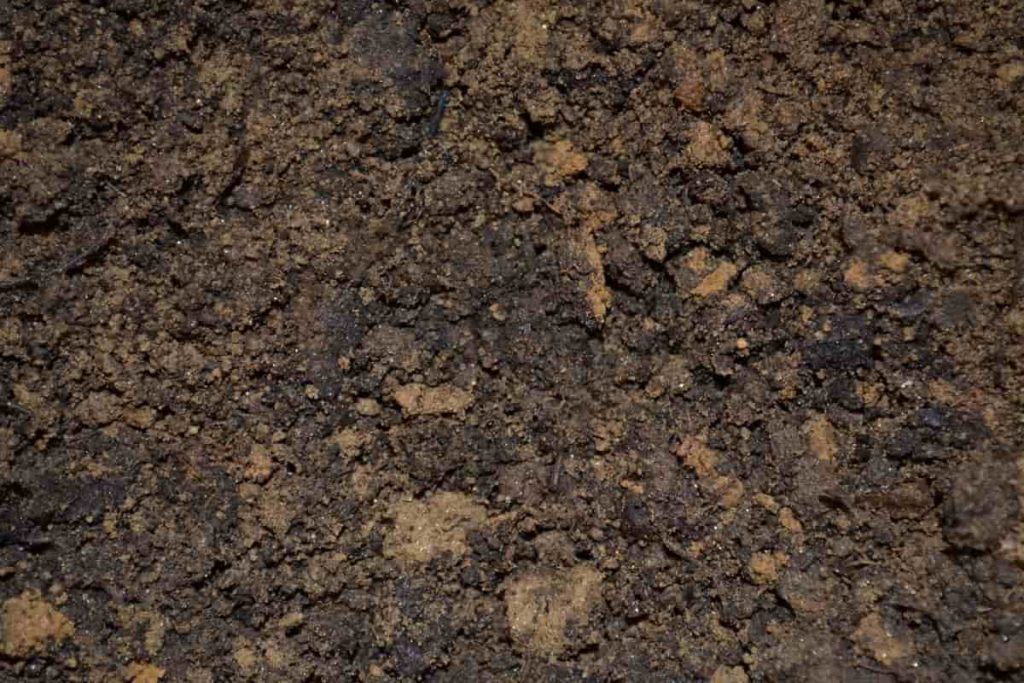
Soil pH below 5.5, for example, reduces accessible Phosphorus by up to 30%. A soil test determines pH and suggests amendments tailored to your soil type for adjusting pH without providing extra nutrients. For example, wood fireplace ashes are applied in a thin layer during the winter and rubbed into the soil in the spring to improve pH without adding Phosphorus.
Phosphorous deficiency
Treating a phosphorus deficit isn’t as difficult as it may appear; you may only need to apply a phosphorus-containing fertilizer. The amount of Phosphorus, Nitrogen, and Potassium in fertilizer may be determined by glancing at the numbers on the fertilizer pack. The NPK figures will indicate the amount of each nutrient in that exact sequence.
Compost and bone meal are two things to give to the soil to help with any inadequacies
The peak of organic matter is nitrogen and phosphorus-rich compost. On the other hand, using high-quality handmade compost will typically solve any problems and avoid any deficits. Bone meal is a phosphorus-rich, nitrogen-deficient slow-release fertilizer. You can treat a phosphorus shortage by adding a small amount of bone meal as suggested on the package.
Environmental issues
Red pigments are caused by changes in the air and soil near plants. Cool spring air and chilly soil frequently produce red and purple leaf colors. Nutrient imbalances are caused by bursts of high heat followed by colder temperatures in the summer. Red leaves can be caused by anything that dehydrates the roots and plant tissues.
In urban environments, poor soil drainage and compacted soil hinder the passage of vital water and nutrients between leaves and roots. In addition, high soil salt levels drive water away from plant roots, causing drought-like conditions that result in red leaves, just like a genuine drought. Heavy watering, on occasion, aids in the movement of soil salts through the soil and away from delicate plant roots.
Why are my plants turning black?
Plants with black leaves are a sure clue that something is not correct. While you may be able to salvage these unfortunate plants in some instances, things have progressed too far to be saved most of the time. However, whether it is too late, determining what went wrong might help you prevent similar issues with your other plants.
Excess fertilization
An oversupply of minerals in the soil is the most prevalent cause of darkened leaves. Gardeners frequently employ highly nutrient soil and excessive fertilizer to fasten plant development. However, not all plants are strong consumers and will react to a change in color. This holds strong in the case of nitrogen. Green leaves will grow quickly with a lot of nitrogen in the soil; they will not develop in time and become soft.
These leaves are prone to rot, and mildew and will turn black or dark brown if infected. Soft leaves, on the other hand, will turn black and die. Symptoms are that the leaves of the plant have enormous black spots on them, sections of the leaf become black, and the leaf dies, indicating that the plant has been fertilized too frequently and the organic matter content of the soil in which the plant is developing is high.
In case you miss this: Air Purifying Plants For Indoor – A Full Guide
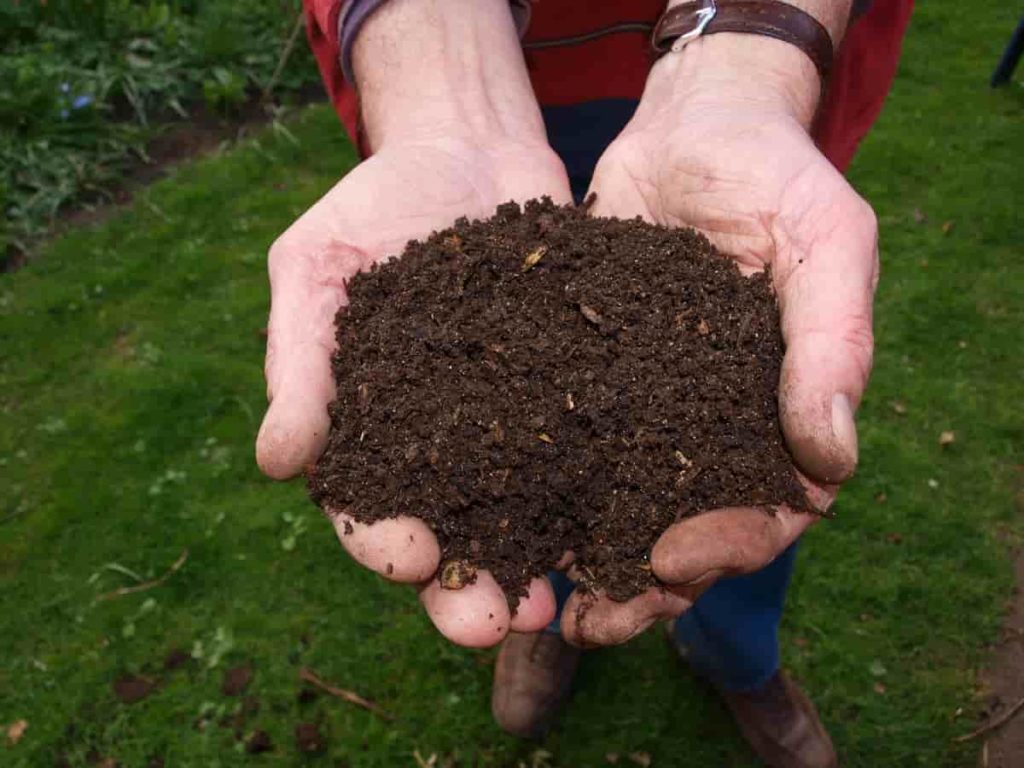
For fixing this issue, if the plant is in a pot, make sure to give it lots of water. Some of the extra salts will be flushed out of the soil. Remove any leaves that have been damaged. Fertilize the plant maximum of 2 times during the growing season. Repot the plant into the new ground if possible.
Bacterial leaf spot disease
Yellow specks on the underside of the leaves are the first signs of bacterial leaf spot, a dangerous foliage disease that advances to red streaks if left untreated. These streaks eventually become lengthy and black, turning the leaf tissues surrounding them yellow. In addition, leaf spots are sometimes accompanied by unattractive stem cankers, which cause stems to shrink and become black.
Maintain the plant in a well-ventilated environment that receives the sunshine required to avoid bacterial leaf spots. To prevent overcrowding, avoid overwatering the plant or soaking the leaves, and make sure plants are equally spaced. A diseased stem should be pruned and discarded since it cannot be salvaged.
Fungal leaf spot disease
Tiny black spots on the leaves of infected plants grow in size and mix with other spots, generating uneven blotches and patches, which are symptoms of fungal leaf spots. Because fungal leaf spots are more frequent on freshly acquired plants, separate them to see if they are infected with the fungus during the first few months. To avoid this unsightly plant disease, avoid overhead watering and maintain the plant’s leaves dry. Prune affected leaves off the plant, remove them, and use a certified fungicide to control the spread.
High humidity
Warm temperatures, excessive humidity, and insufficient ventilation might cause your plant’s leaves to become a different color. These three elements combine to generate an environment that encourages the development of black spots on plants. This is because they promote the growth of bacteria, fungus, and pests.
During the winter, this is a common occurrence with indoor plants. We close the windows, boost the internal warmth, and increase the humidity. However, when outside plants are put in pots or flowerbeds that don’t allow for sufficient air circulation, the same thing might happen.
- Types of Pesticides Used in Agriculture: A Beginner’s Guide
- Economical Aquaculture: A Guide to Low-Budget Fish Farming
- 15 Common Planting Errors That Can Doom Your Fruit Trees
- How to Make Houseplants Bushy: Effective Tips and Ideas
- Innovative Strategies for Boosting Coconut Pollination and Yield
- Pollination Strategies for Maximum Pumpkin Yield
- The Complete Guide to Chicken Fattening: Strategies for Maximum Growth
- Natural Solutions for Tulip Problems: 100% Effective Remedies for Leaf and Bulb-Related Issues
- Revolutionizing Citrus Preservation: Towards a Healthier, Greener Future
- Natural Solutions for Peony Leaf and Flower Problems: 100% Effective Remedies
- Maximizing Profits with Avocado Contract Farming in India: A Comprehensive Guide
- Natural Solutions for Hydrangea Problems: 100% Effective Remedies for Leaf and Flowers
- The Ultimate Guide to Choosing the Perfect Foliage Friend: Bringing Life Indoors
- From Sunlight to Sustainability: 15 Ways to Use Solar Technology in Agriculture
- The Ultimate Guide to Dong Tao Chicken: Exploring from History to Raising
- The Eco-Friendly Makeover: How to Convert Your Unused Swimming Pool into a Fish Pond
- Mastering the Art of Delaware Chicken Farming: Essentials for Healthy Backyard Flocks
- 20 Best Homemade Fertilizers for Money Plant: DIY Recipes and Application Methods
- How to Craft a Comprehensive Free-Range Chicken Farming Business Plan
- Brighten Your Flock: Raising Easter Egger Chickens for Beauty and Bounty
- How to Optimize Your Poultry Egg Farm Business Plan with These Strategies
- Subsidy for Spirulina Cultivation: How Indian Government Schemes Encouraging Spirulina Farmers
- Ultimate Guide to Raising Dominique Chickens: Breeding, Feeding, Egg-Production, and Care
- Mastering the Art of Raising Jersey Giant Chickens: Care, Feeding, and More
- Ultimate Guide to Raising Legbar Chickens: Breeding, Farming Practices, Diet, Egg-Production
- How to Raise Welsummer Chickens: A Comprehensive Guide for Beginners
- How to Protect Indoor Plants in Winter: A Comprehensive Guide
- Ultimate Guide to Grow Bag Gardening: Tips, Tricks, and Planting Ideas for Urban Gardeners
- Guide to Lotus Cultivation: How to Propagate, Plant, Grow, Care, Cost, and Profit
- Agriculture Drone Subsidy Scheme: Government Kisan Subsidy, License, and How to Apply Online
- Ultimate Guide to Raising Araucana Chickens: Breed Profile, Farming Economics, Diet, and Care
- Bringing Hydroponics to Classroom: Importance, Benefits of Learning for School Students
- Ultimate Guide to Raising Polish Chickens: Breed Profile, Farming Economics, Diet, and Care
- Ultimate Guide to Raising Australorp Chickens: Profile, Farming Economics, Egg Production, Diet, and Care
- Silkie Chicken Farming: Raising Practices, Varieties, Egg Production, Diet, and Care
- Sussex Chicken Farming: Raising Practices, Varieties, Egg Production, Diet and Care